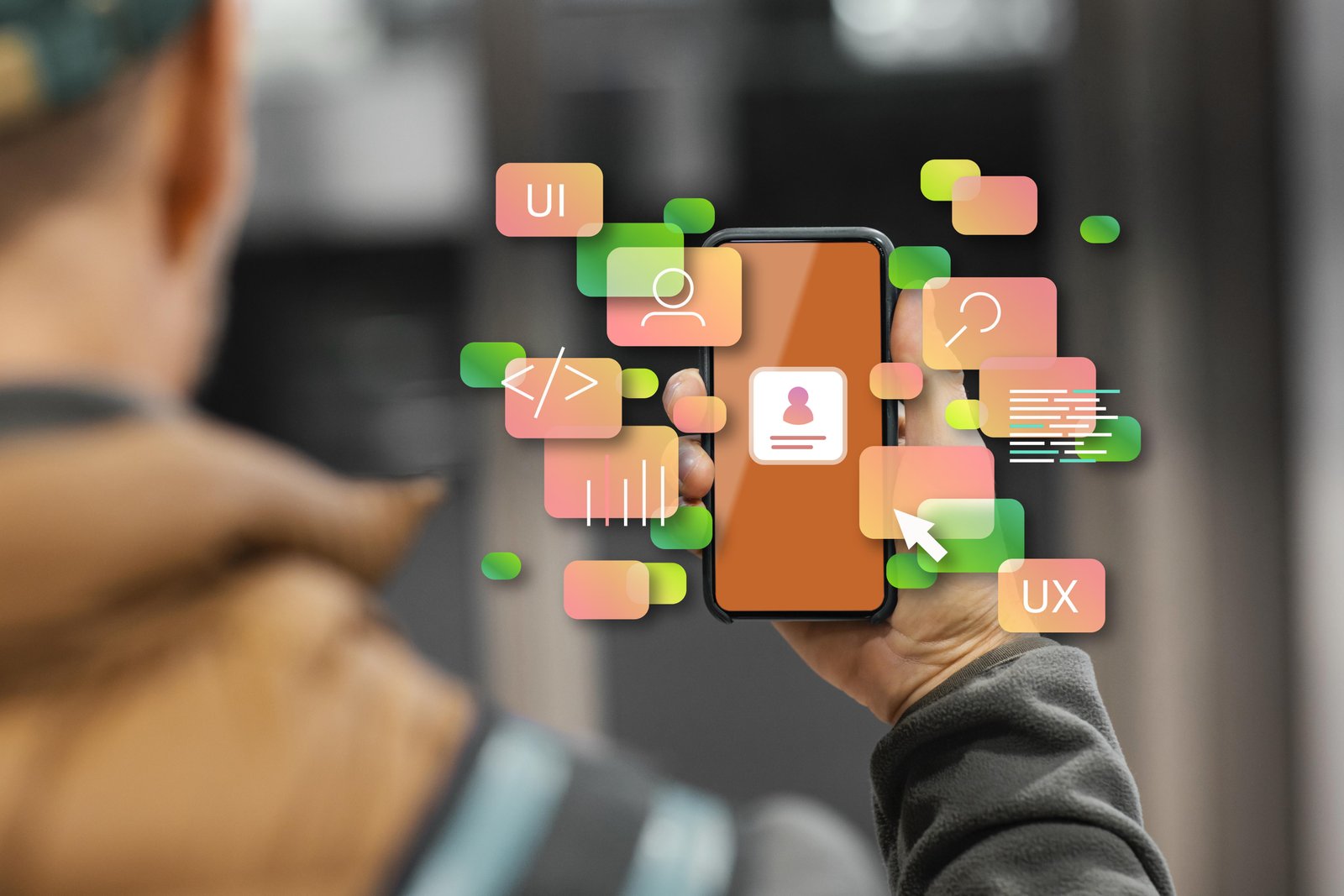No products in the cart.
Learn about the best programming languages to develop mobile apps in 2025.

As mobile app development continues to evolve rapidly, choosing the right programming language is critical for building high-performance, scalable, and maintainable applications. In 2025, developers in Laos and globally are leveraging a variety of programming languages tailored for different platforms and project needs.
This article explores the leading mobile app programming languages you should consider for your next development project.
Kotlin is now the preferred language for Android app development. It offers modern syntax, full Java interoperability, and improved safety features.
Why Choose Kotlin:
Officially supported by Google for Android development.
Concise and expressive code reduces development time and bugs.
Seamless integration with existing Java codebases.
Use Cases: Native Android apps, large-scale enterprise applications, and cross-platform projects with Kotlin Multiplatform.
Swift is Apple’s powerful and intuitive language for iOS, iPadOS, watchOS, and macOS apps.
Why Choose Swift:
Fast performance with safety features to reduce runtime crashes.
Modern syntax supports functional programming paradigms.
Strong ecosystem and updates from Apple.
Use Cases: High-performance native apps for iPhones and iPads, including complex UI/UX designs and games.
JavaScript remains a dominant language for cross-platform app development, especially with frameworks like React Native.
Why Choose JavaScript/TypeScript:
Enables building apps for both Android and iOS from a single codebase.
TypeScript adds strong typing for better scalability and developer productivity.
Large developer community and rich libraries.
Use Cases: Cross-platform apps, especially startups and SMEs seeking to reduce time and cost.
Dart is the language behind Google’s Flutter, a popular UI toolkit for building natively compiled applications for mobile, web, and desktop from a single codebase.
Why Choose Dart:
Fast development with “hot reload” feature for rapid iteration.
Beautiful, customizable widgets for seamless UI creation.
Growing usage in both startups and enterprises.
Use Cases: Cross-platform apps with rich, custom user interfaces.
C# is primarily used with Xamarin (Microsoft’s cross-platform development framework) and Unity for mobile games.
Why Choose C#:
Strong tooling through Visual Studio.
Native access to device APIs with cross-platform deployment.
Widely used for game development with Unity.
Use Cases: Enterprise mobile apps and mobile games.
Increasing adoption of cross-platform frameworks: Businesses in Laos benefit from reduced costs and faster development by using Flutter, React Native, or Xamarin.
Focus on performance and security: Native languages like Swift and Kotlin dominate for apps requiring high performance and strict security.
Use of AI-assisted coding: Tools that optimize code production and error detection are becoming standard, improving developer productivity.
Selecting the right programming language is foundational to successful mobile app development in 2025. By weighing factors like target platform, performance needs, budget, and developer expertise, Lao businesses and developers can deliver engaging and efficient mobile applications that meet user expectations.
At CITS Laos, we guide businesses and developers in choosing the best programming technologies and provide expert mobile app development services tailored for the Lao market. Visit cits.lato discover how we can help bring your app ideas to life.